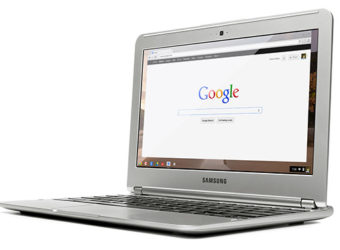May 24, 1985: AOL (as Quantum Computer Services) Founded
Subscribe! Spotify | RSS | More

1985– Quantum Computer Services was founded. Technically, it was a reorganization of Control Video Corporation, a company that started in 1983. The company was selling online service “Gameline” to Atari 2600 users. You would pay $49.95 for the modem and also a one-time $15 setup fee. With the reorganization, Jim Kimsey became Chief Executive Officer and Marc Seriff took the CTO role. Ninety employees quit, ten remained. The company changed to sell Quantum Link for Commodore 64 and 128 consoles. Eventually, they would get into AppleLink and PC Link. Quantum Computer Services eventually (October 1989) changed their name to America Online (AOL).
Jim Kimsey left AOL in 1995, where he stayed under the limelight. He was appointed to the Board of Trustees of the John F. Kennedy Center for the Performing Arts by President George W. Bush.

Subscribe to Day In Tech History:
RSS Feed - iTunes - Android - Spotify - iHeartRadio
Facebook -
- RSS Bandwidth by Cachefly Get a 14 Day Trial
- Join me on Patreon and support Day in Tech History
- MIDAS II
- Sega introduces a rating system for games
- Microsoft launches Windows NT 3.1
















